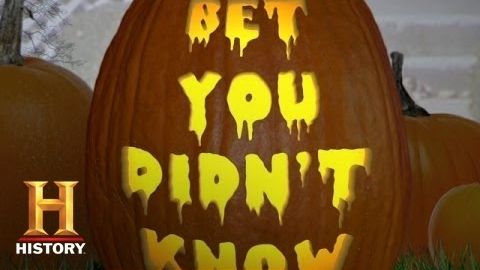你一定不知道:萬聖節的歷史 (Bet You Didn't Know: Halloween | History)
Hannelise 發佈於 2024 年 10 月 14 日  沒有此條件下的單字
沒有此條件下的單字US /ˈenʃənt/
・
UK /'eɪnʃənt/
- v.t.詭計:騙局:花招;惡作劇;戲弄
- n. (c./u.)戲法;竅門;訣竅;把戲;特技
- adj.虛弱的;欺詐的
- v.t.宴請;款待;招待;治療;處理;對待;處理
- n. (c./u.)對待 ;;點心, 零嘴;特別的享受
US /ˈkɚrənt, ˈkʌr-/
・
UK /'kʌrənt/
- n. (u.)電流;流量;流通貨幣
- adj.目前的;通用的;被普遍接受的;有效的;最新的
- n.趨勢;潮流;輿論
